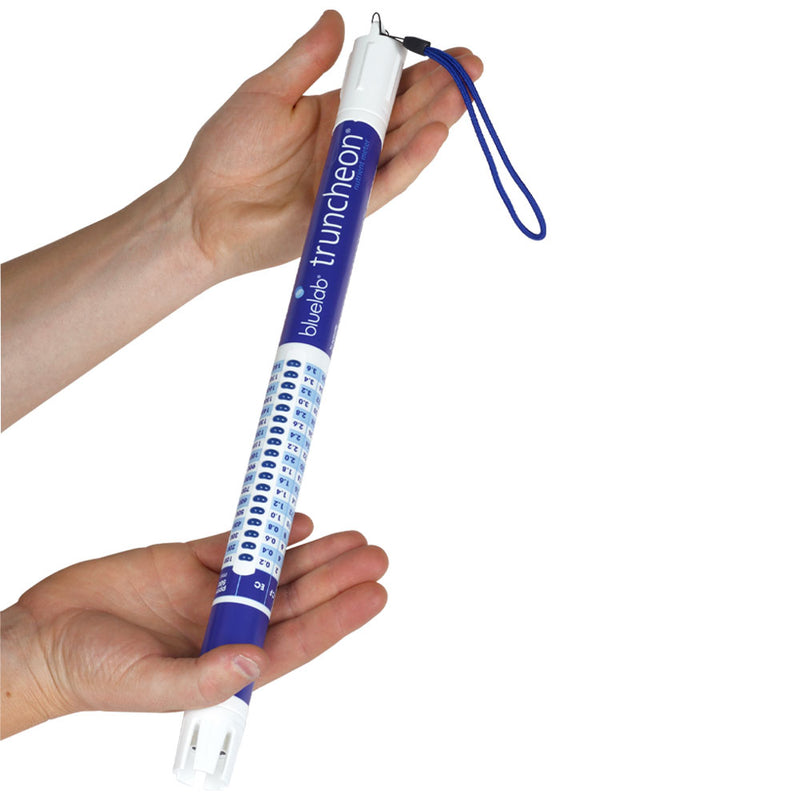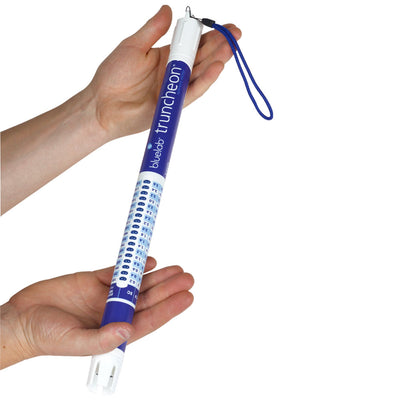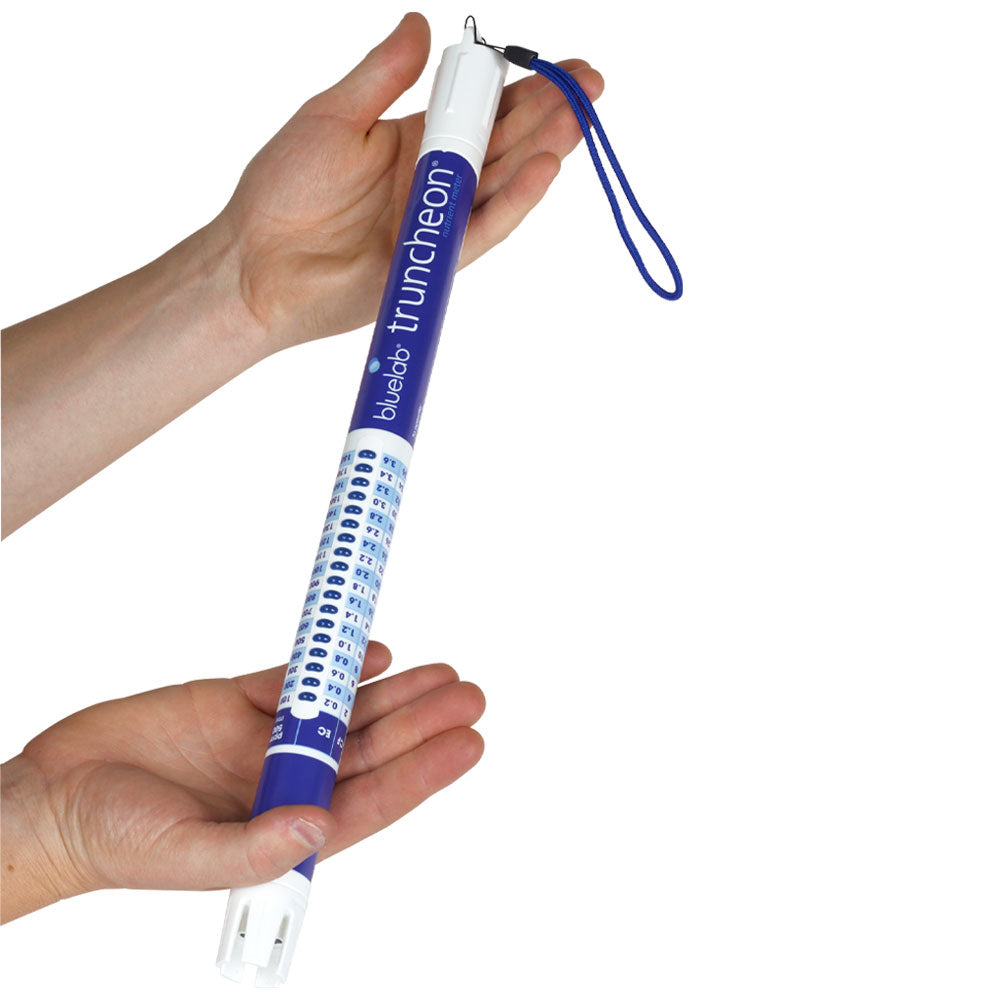Bluelab Nutrient (CF) Truncheon
Forget the guesswork! Never overfeed or underfeed plants again. All you need is a Bluelab CF Truncheon.
It's easy to use, easy to read and extremely accurate. No wonder it's the world's bestselling conductivity meter.
Using one is completely fuss free. No calibrating is needed and there are no switches or knobs to faff with. To take a reading, you just place the probe head straight into your solution - it switches on and off automatically!
€¢ Bluelab CF Truncheon
€¢ 12 month warranty included
€¢ Easy to use and read
€¢ Comes factory calibrated - no need to recalibrate it (ever)
€¢ Automatic on/off function
€¢ No switches, dials or knobs
€¢ Fully waterproof
€¢ Meter length: 40.7cm or 16 1/32 in.




